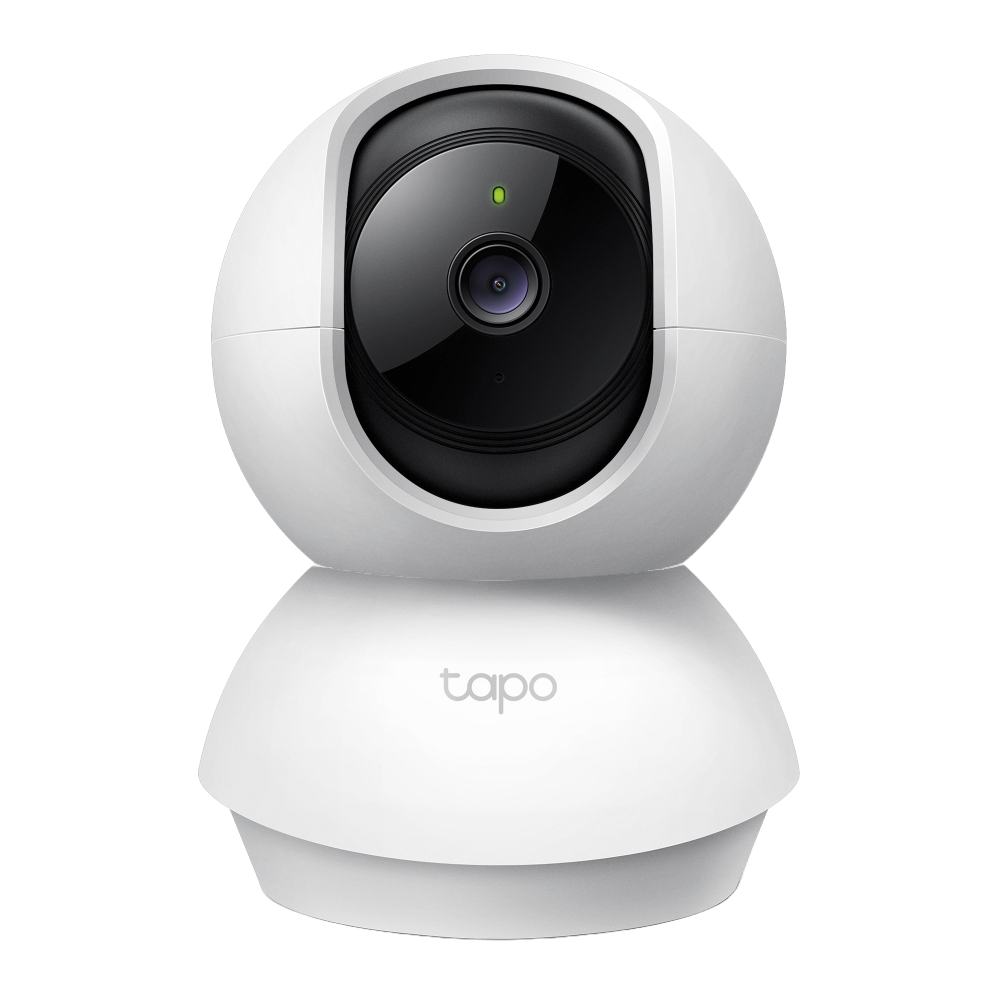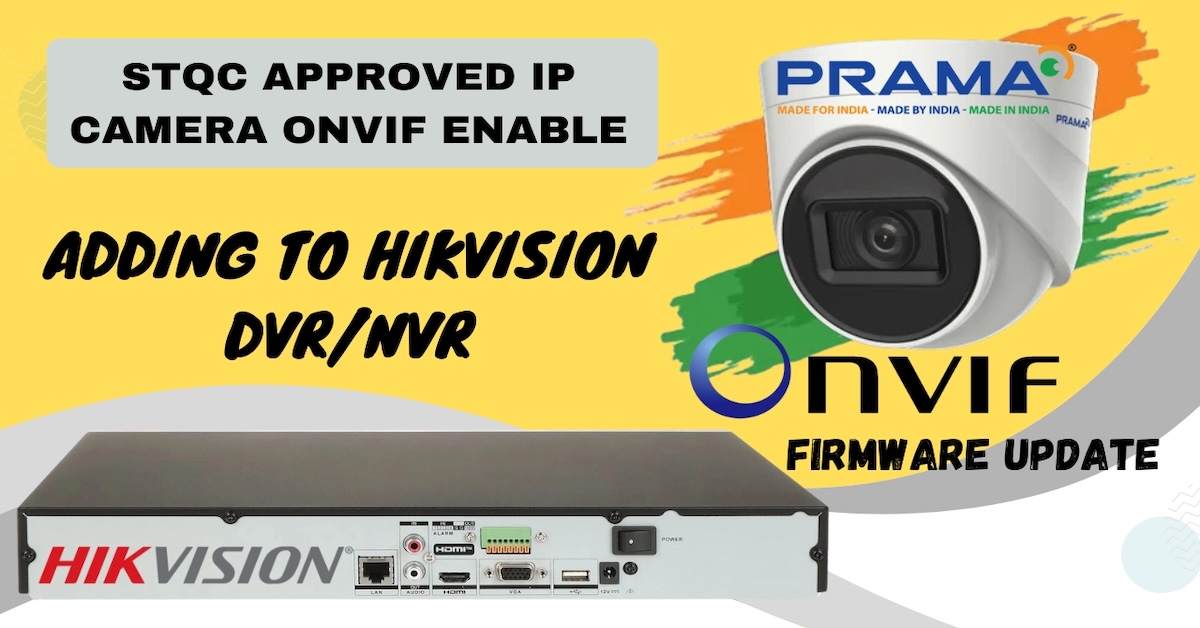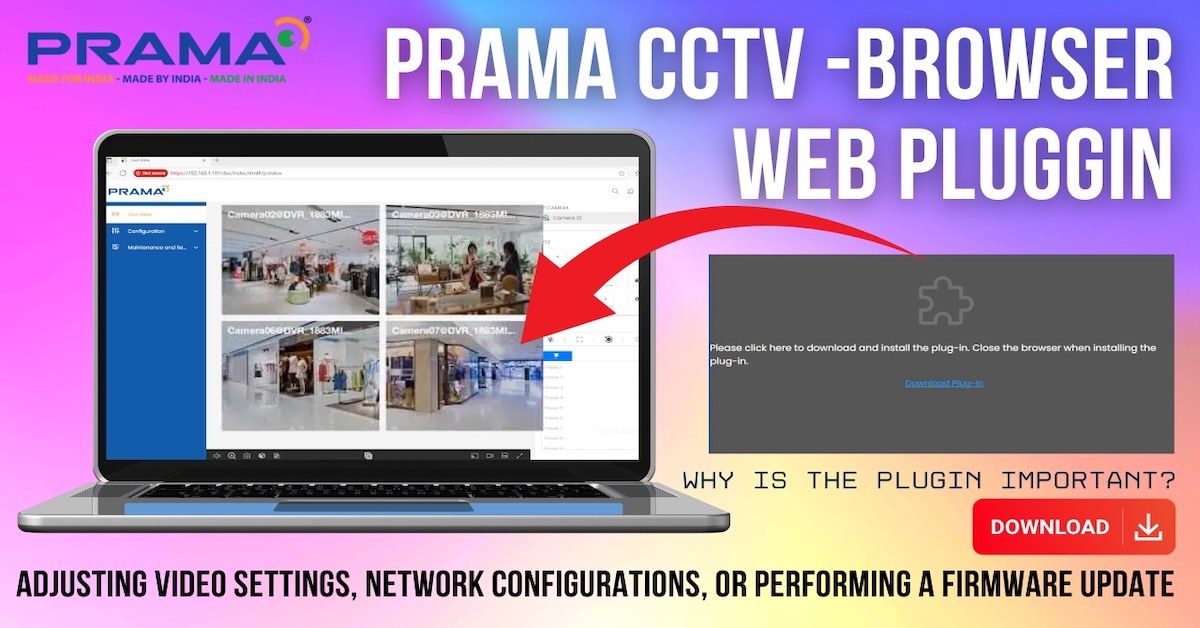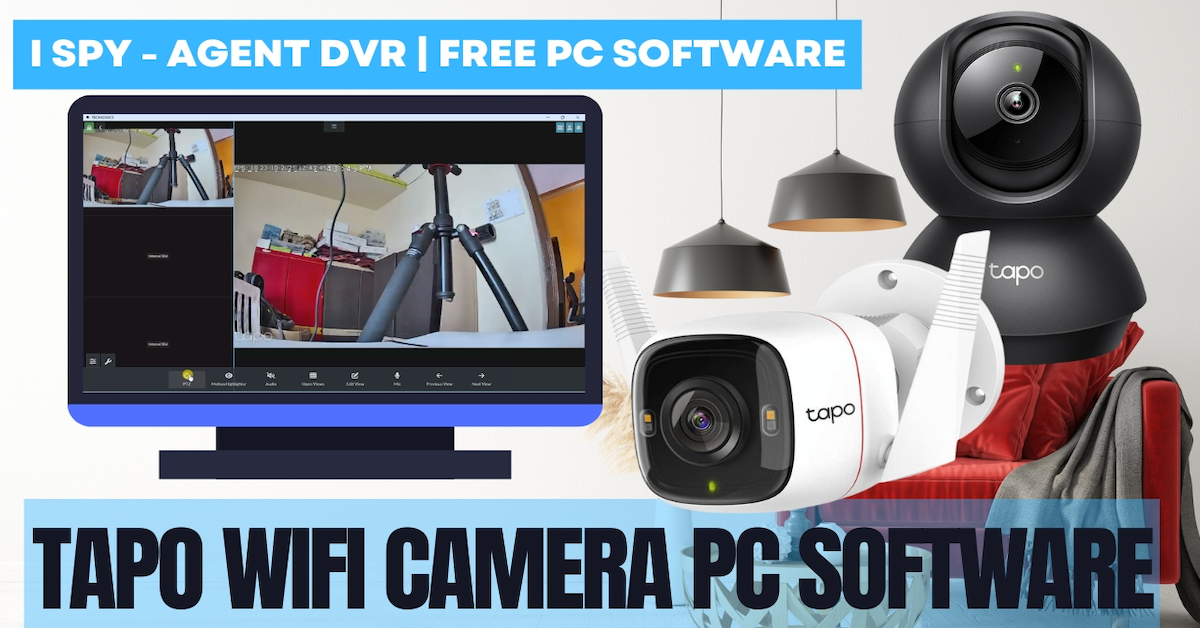Welcome back to TECH LOGICS, your ultimate resource for straightforward CCTV installations! If you’re having trouble getting your new Prama STQC-approved IP cameras up and running, don’t worry—we’ve got you covered. In this comprehensive guide, we’ll explore the Prama ODDT Tool, a free and robust utility designed specifically for discovering, activating, and configuring IP addresses on Prama network devices. Think of it as an enhanced version of Hikvision’s SADP Tool, tailored exclusively for Prama’s ecosystem.
Whether you’re a novice installer or an experienced technician troubleshooting issues, this step-by-step tutorial will save you valuable time. We’ll walk through downloading, installing, activating devices, and setting up IP configurations. Let’s dive right in!
Why Choose the Prama ODDT Tool?
A quick heads-up: Hikvision’s SADP Tool is limited to detecting only Hikvision devices and won’t recognize Prama STQC cameras due to their specialized firmware. That’s where the Prama ODDT Tool shines—it handles searching, activation, and configuration for Prama devices seamlessly. As of October 2025, the tool remains a go-to solution, with recent updates available from trusted sources.
Downloading the Prama ODDT Tool
To get started, download the Prama ODDT Tool—it’s completely free and secure. To steer clear of unreliable sources, head to the official Prama India website at pramaindia.in or check affiliated sites like servius.in for the latest version (updated as recently as September 2025). For convenience, you can also find verified direct downloads through resources like bestcctvsolution.com or MediaFire links shared in tutorials. The setup file is a compact 65MB, so it downloads quickly. Once you have it, proceed to installation.
Installing the ODDT Tool Step-by-Step
Got the file downloaded? Great! Locate the ODDT.exe in your downloads folder, right-click it, and choose “Run as Administrator” to prevent any permission hiccups. If a Windows security prompt appears, click “More Info” and then “Run Anyway”—this is common with fresh software, especially from verified sources.
Accept the terms and conditions by checking the box. Feel free to use the default installation path or select a custom one. Click “Next” through the prompts; the wizard is user-friendly and foolproof.
Finally, hit “Install.” The process takes about 30 seconds. When complete, ensure the “Launch ODDT” checkbox is selected, then click “Finish.” Voilà—the ODDT Tool launches with a clean interface, featuring a device list on the left and configuration options ready to go.
The tool instantly detects all Prama cameras, including STQC-approved models, making daily management a breeze.
Note : If you’ve downloaded the Prama ODDT Tool and it’s in a ZIP file, you’ll need to unzip it first to get to the ODDT.exe file for installation. Here’s how to do it, my way:
Find that ZIP file in your downloads folder—it’s likely called something like “ODDT_Tool.zip” or similar, straight from pramaindia.in or a trusted source like servius.in. Right-click the ZIP and select “Extract All” (on Windows) or double-click to open and extract if you’re on a Mac. Pick a destination folder—your desktop or downloads folder works fine. Once extracted, you’ll see the ODDT.exe file chilling in the new folder. From there, right-click ODDT.exe, hit “Run as Administrator” to dodge any permission issues, and follow the setup wizard as outlined earlier.


Activating Your Prama Device
New Prama devices appear as inactive until activated—essentially like setting a password to unlock them. Here’s how:
In the ODDT Tool, select the inactive device from the list; its details will display on the right. Enter a strong password (at least eight characters, combining letters, numbers, and symbols). Click “Submit,” and within 5-10 seconds, you’ll see a green “Device Activated” message. Your camera is now ready!



Setting Up Security Questions for Password Recovery
After password setup, you’ll be prompted to add security questions for easy recovery if you forget it. This feature allows self-resetting without extra hassle.
Choose questions like “What’s your favorite camera model?” or “What’s your pet’s name?” and provide answers. It only takes a minute and can prevent future headaches. If you’re short on time, skip it—you can still activate the device.

Configuring IP Addresses for Stability
With your Prama camera or NVR activated, configure its IP address for reliability. A static IP prevents changes during router reboots, unlike DHCP, which can cause IP shuffling.
Select the device in ODDT and navigate to the “Modify IP” or “Network Settings” tab. Options include DHCP (ideal for basic home setups) or Static (best for professional installations).
For Static, disable DHCP and input:
- IP: e.g., 192.168.1.101
- Subnet Mask: 255.255.255.0
- Gateway: Your router’s IP (often 192.168.1.1)
- DNS: 8.8.8.8 (Google’s server)
Verify the values to avoid network conflicts. Click “Apply,” and the device reboots. Shortly after, the new IP appears in the list—your setup is now stable!

Accessing the Camera’s Web Interface
Now, access your Prama camera via a web browser. Enter the IP address (e.g., 192.168.1.101) in the URL bar and press Enter.
If a security warning pops up, click “Advanced” and “Proceed.” This is typical for local network cameras.
On the login page, use “admin” as the username and your activation password. Log in, and you’re ready to adjust settings, view live feeds, or manage the camera professionally.


Leveling Up: Advanced Features
Once logged in, enhance your setup further:
- Install the web plugin for seamless live feeds.
- Perform a quick firmware update via the ODDT Tool.
- Enable ONVIF integration to connect with third-party NVRs or apps.
These unlock professional perks like improved video quality, remote access, and better compatibility. For mobile management, consider the PRAMA ONLINE app, available on Google Play.
Final Thoughts
We hope this guide simplifies your Prama CCTV setup! If it helped, share it with fellow installers, leave a comment with your questions, or subscribe to TECH LOGICS for more tips. Your support fuels our content creation—thanks for being part of our community! For the latest tools and updates, always check official Prama resources or trusted partners like servius.in.











